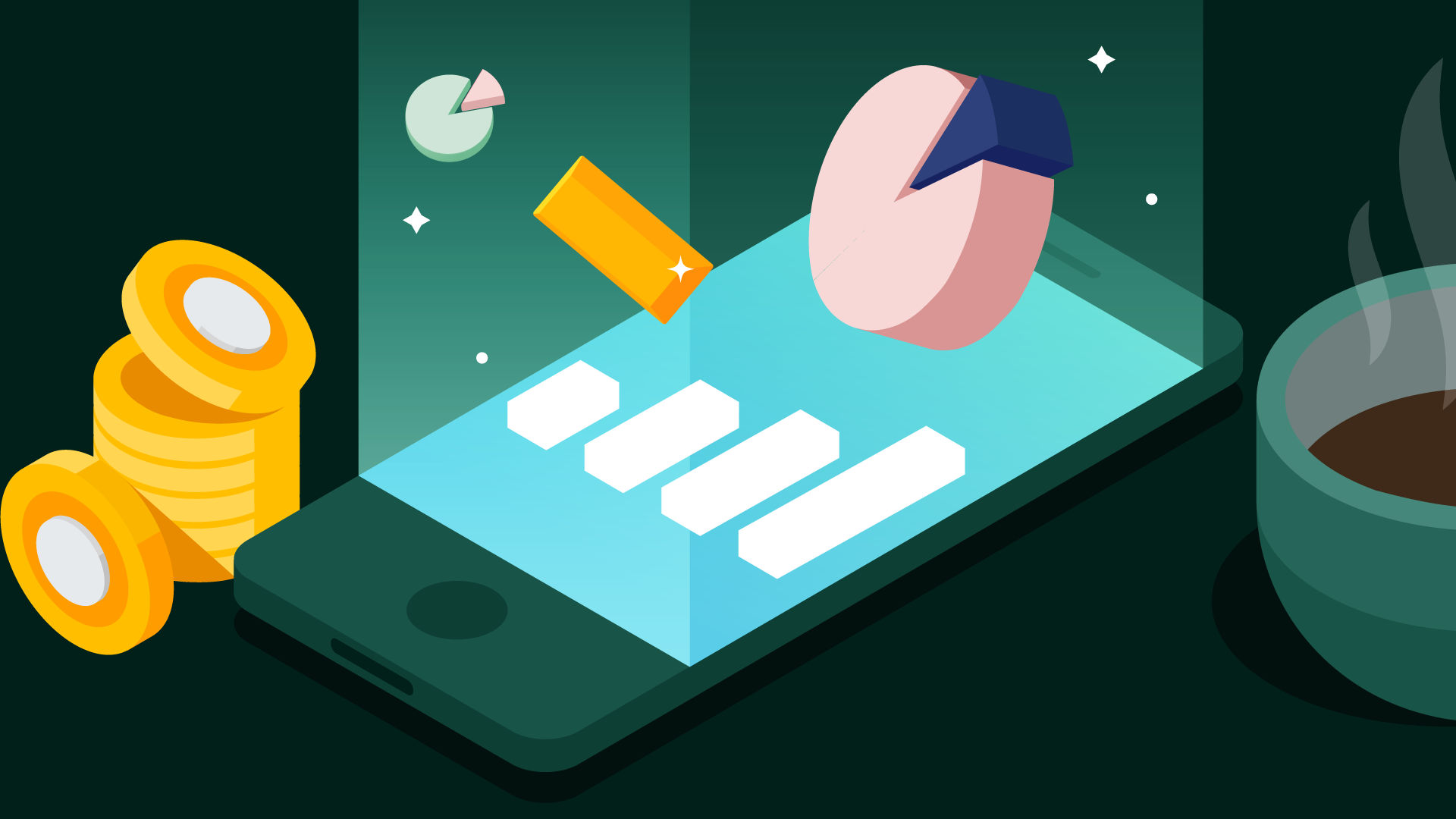Understanding Compounding Interest

All families have some part of their savings in bank deposits. If you pay attention, you will notice that the interest rate on FDs is always like X% per annum compounded quarterly. It’s very important to understand the meaning of compounding and the effect of its frequency (monthly, quarterly, semi-annually, annually) because that directly affects the interest earned on deposits.
There are two types of interest – simple interest and compound interest. Suppose, Aditya and Arun are your friends and you loan Rs 1,000 to each of them for 2 years. Aditya promised to pay simple interest based on an interest rate of 10% per annum. Arun agreed to pay the same interest rate but compounded annually. Let’s see what will happen at the end of the first year.
| Amount | Interest Rate | Type of Interest | Interest Earned | |
|---|---|---|---|---|
| Aditya | 1,000 | 10% | Simple | 10% x 1000 = 100 |
| Arun | 1,000 | 10% | Compound | 10% x 1000 = 100 |
As you can see in the above table, at the end of the first year, both friends owe you the same interest amount. For the second year, the friend paying simple interest will again calculate the interest on Rs 1000. But the one paying you compound interest will add the interest for the first year to initial loan amount and then pay 10% over the total amount. So for the second year, Arun will pay you 10% on Rs 1,100 (initial loan amount + interest earned in the first year). The table below shows what will happen at the end of the second year.
| Amount | Interest Rate | Type of Interest | Interest Earned | |
|---|---|---|---|---|
| Aditya | 1,000 | 10% | Simple | 10% x 1000 = 100 |
| Arun | 1,100 | 10% | Compound | 10% x 1100 = 110 |
At the end of two years, both friends will repay your loan amount of Rs 1,000. But Aditya, paying simple interest, will give an interest of Rs 200 (100 for each year) and Arun, paying compound interest, will pay an interest of Rs 210 (100 for the first year and 110 for the second year).
Thus, compounding is the process in which you earn interest on interest. In our case, you earned an extra Rs 10, compared to simple interest, which is equal to the 10% of INR 100 – interest earned in the first year. In compounding, at the end of each compounding period, we calculate the interest earned and add it to the initial amount. This new amount becomes the principal for the next period and interest is calculated on this amount.
Suppose you make an FD of Rs 1,00,000 in HDFC bank for 5 years. The interest rate offered by the bank is 10% per annum compounded annually. Let’s see how the calculations will happen and what will be your maturity payout.
| Year Ending | Principal Considered | Interest Earned @ 10% | Total Interest | Amount Receivable |
|---|---|---|---|---|
| 1 | 1,00,000 | 10,000 | 10,000 | 1,10,000 |
| 2 | 1,10,000 | 11,000 | 21,000 | 1,21,000 |
| 3 | 1,21,000 | 12,100 | 33,100 | 1,33,100 |
| 4 | 1,33,100 | 13,310 | 46,410 | 1,46,410 |
| 5 | 1,46,410 | 14,641 | 61,051 | 1,61,051 |
If the bank was paying you a simple interest of 10% per annum, instead of compound interest, you would have earned an interest of Rs 10,000 every year for 5 years. So the total interest earned would have been Rs 50,000 and the maturity amount would have been Rs 1,50,000.
We can clearly see that compounding resulted in an additional interest income of Rs 11,051 (1,61,051 – 1,50,000) because, in addition to the principal amount, you also earned interest on interest. This is the power of compounding!



























































